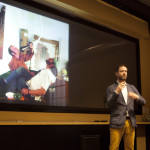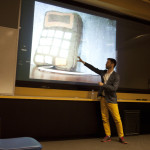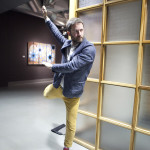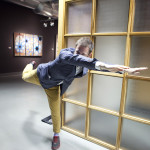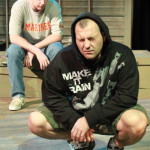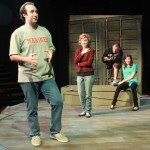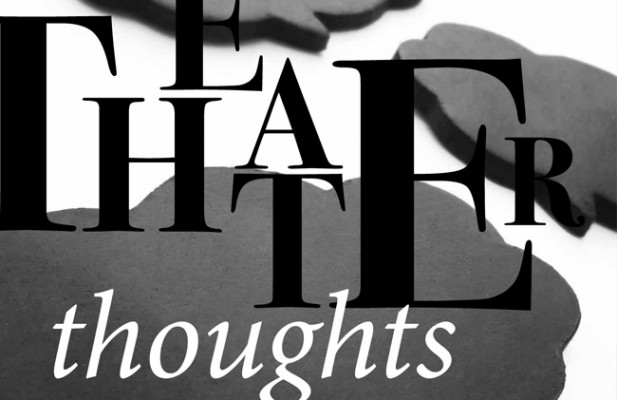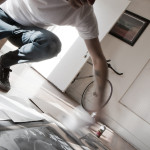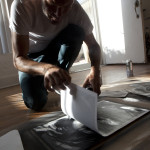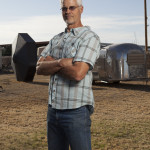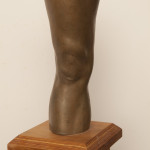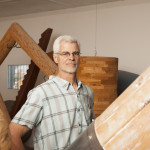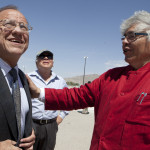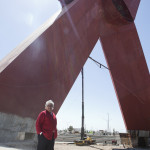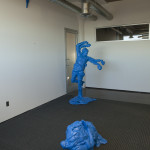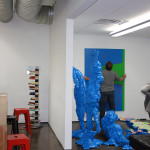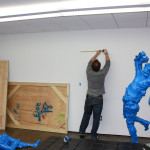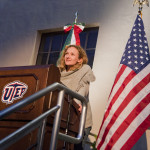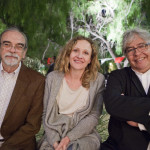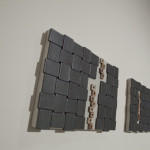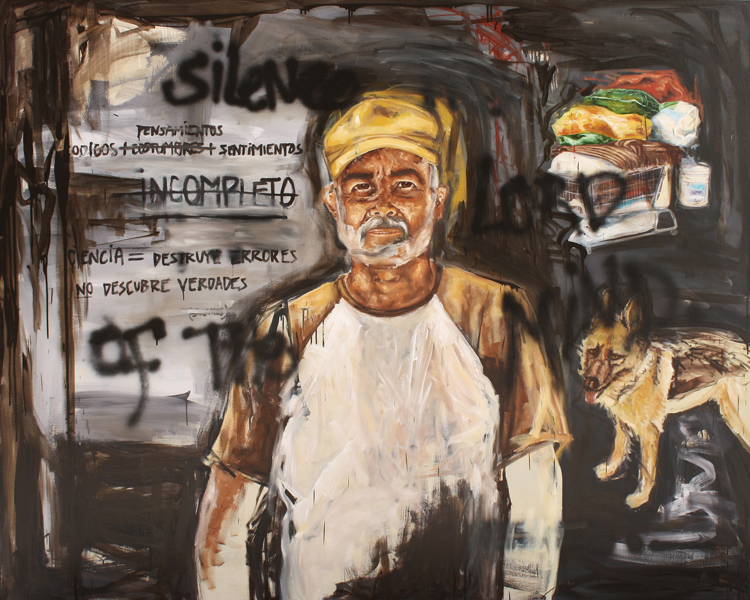
By David Grabarkewitz
Nothing says “I love you” . . . like a hysterical comedy! However, that might not be true, depending on who you think you are. But for me, when I decided to program The Barber of Seville, I knew I could bring in some great comedians to make the experience unforgettable to El Paso.
The Barber of Seville (T.B.O.S.) is Gioachino Rossini’s comic classic with the famous aria that repeats the words, “Figaro! Figaro! Figaro!” This wacky aria starts off an opera that just gets zanier and zanier as the evening goes on, wrapping itself around a truly romantic love story.
The story is simple, but great. Rosina, who is 16 years old, is loved by the doctor, who is 70 years old. The doctor wants to marry her (No, we are not in Kansas in the 1970’s!). Rosina is in love with the Count, who is at least in the ballpark of her age, but he is in disguise so no one recognizes him. He needs help, and in comes “The Barber of Seville,” Figaro himself, to make things right.
I conceived this new production for New York Metropolitan Opera Star Vanessa Cariddi to reflect a world that combines The Munsters, The Addams Family, and Grand Opera. In other words, as seriously as we take this great piece of music, there is always a feeling that something goofy is going on underneath.
Here are some of the biographies of the all-star comedians El Paso Opera will bring to the Abraham Chavez Theater on March 14.
Vanessa Cariddi (Mezzo-soprano), made her professional operatic main stage debut at the Metropolitan Opera and subsequently performed Waltraute in Die Walküre on their tour to Japan. She made her title role debut in Carmen with New York City Opera and her debut with the Caramoor Festival singing the role of Gond in Donizetti’s Maria de Rohan, under the direction of Will Crutchfield. In addition, she has graced the stages of The Pittsburgh Opera as Maddalena in Rigoletto, and returned to the Caramoor Festival this past summer of 2011 as Little Buttercup in HMS Pinafore and as Hedwige in Guillaume Tell.
Michael Chioldi (American Baritone) has become one of North America’s most sought after young talents. He has sung a wide variety of operas with New York City Opera, including the Count in Le Nozze di Figaro, Don Pasquale, L’Elisir d’Amore, Hansel and Gretel, Il Viaggio a Rheims, La Boheme, Madama Butterfly, Turandot, Carmen, Die Zauberflöte, Central Park, A Little Night Music, and L’Enfant et les Sortileges, which served as his debut with the company. In 2008, his performance of Sharpless in Madama Butterfly on PBS’s Live from Lincoln Center earned him an Emmy® Award. He returns to El Paso Opera to sing Figaro, the title role in The Barber of Seville. Mr. Chioldi sang the role of the Count in El Paso Opera’s 2012 production of The Marriage of Figaro and also appeared in El Paso Opera’s OPERA FOR ALL! in 2009.
Matthew Chellis (Tenor) Career highlights have included Tamino in Die Zauberflöte, Don Ottavio in Don Giovanni, Baron Lummer in Intermezzo, Trouffaldino in The Love For Three Oranges, Thespis/Mercure in Platée, Ugone in Flavio, Cascada in The Merry Widow (Live from Lincoln Center telecast), the Chevalier in The Dialogues of the Carmelites and Nanki-Poo in The Mikado with New York City Opera, Almaviva in Il Barbiere di Siviglia, The Duke in Rigoletto with Greensboro Opera and the Teatro Colón de Bogotá (Colombia), Ernesto in Don Pasquale with Calgary Opera and Edmonton Opera, Ramiro in La Cenerentola with Opéra de Québec and Calgary Opera, Tamino in Die Zauberflöte and Tebaldo in I Capuleti e I Montecchi with Atlanta Opera, Andres in Wozzeck with Dallas Opera, and Pedrillo in Die Entführung Aus Dem Serail with Washington Opera.
Melissa Parks (El Paso native, Mezzo-soprano) recently made her Italian debut as Mrs. Lovett in SWEENEY TODD. Recent performances include a debut with the New York Philharmonic in the acclaimed production of Ligeti’s LE GRAND MACABRE with Maestro Alan Gilbert, a return to Utah Opera for Dame Quicky in FALSTAFF, Baba in THE MEDIUM with Michigan Opera Theatre, a reprise of the role of Mrs. Peachum in THE BEGGAR’S OPERA under the baton of Maestro Lorin Maazel at his Castleton Festival, Dame Quickly in FALSTAFF with Cleveland Opera, Zulma in L’ITALIANA IN ALGERI, Third Maid in ELEKTRA, and Dame Quickly in FALSTAFF with Seattle Opera, Marcellina in LE NOZZE DI FIGARO with Pittsburgh Opera, Madison Opera, and Michigan Opera Theatre, Azucena in IL TROVATORE with Michigan Opera Theater, and Erda in DAS RHEINGOLD with New Orleans Opera. Other engagements have included working with the Metropolitan Opera in both LA FILLE DU REGIMENT and AUFSTIEG UND FALL DER STADT MAHAGONNY.
David Grabarkewitz is the Artistic and General Director of the El Paso Opera. David is a contributing writer for Ave.
Photographs courtesy of El Paso Opera


